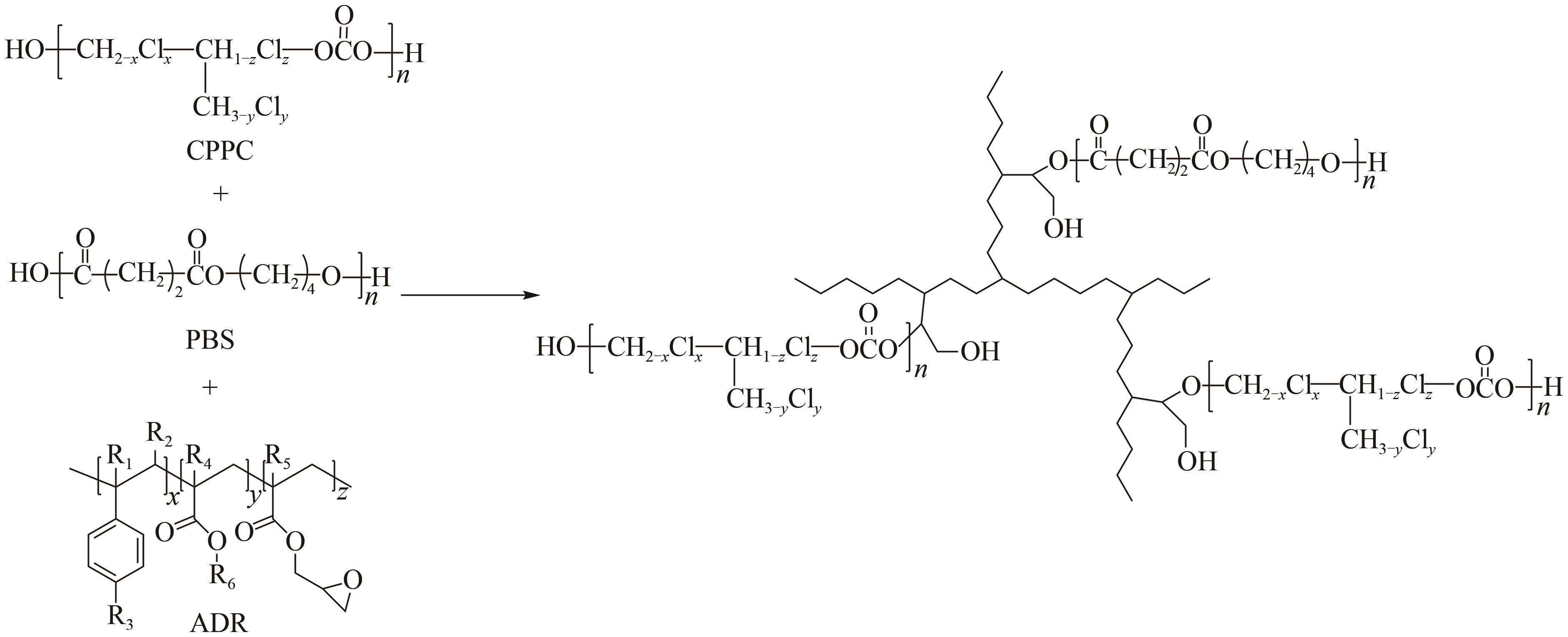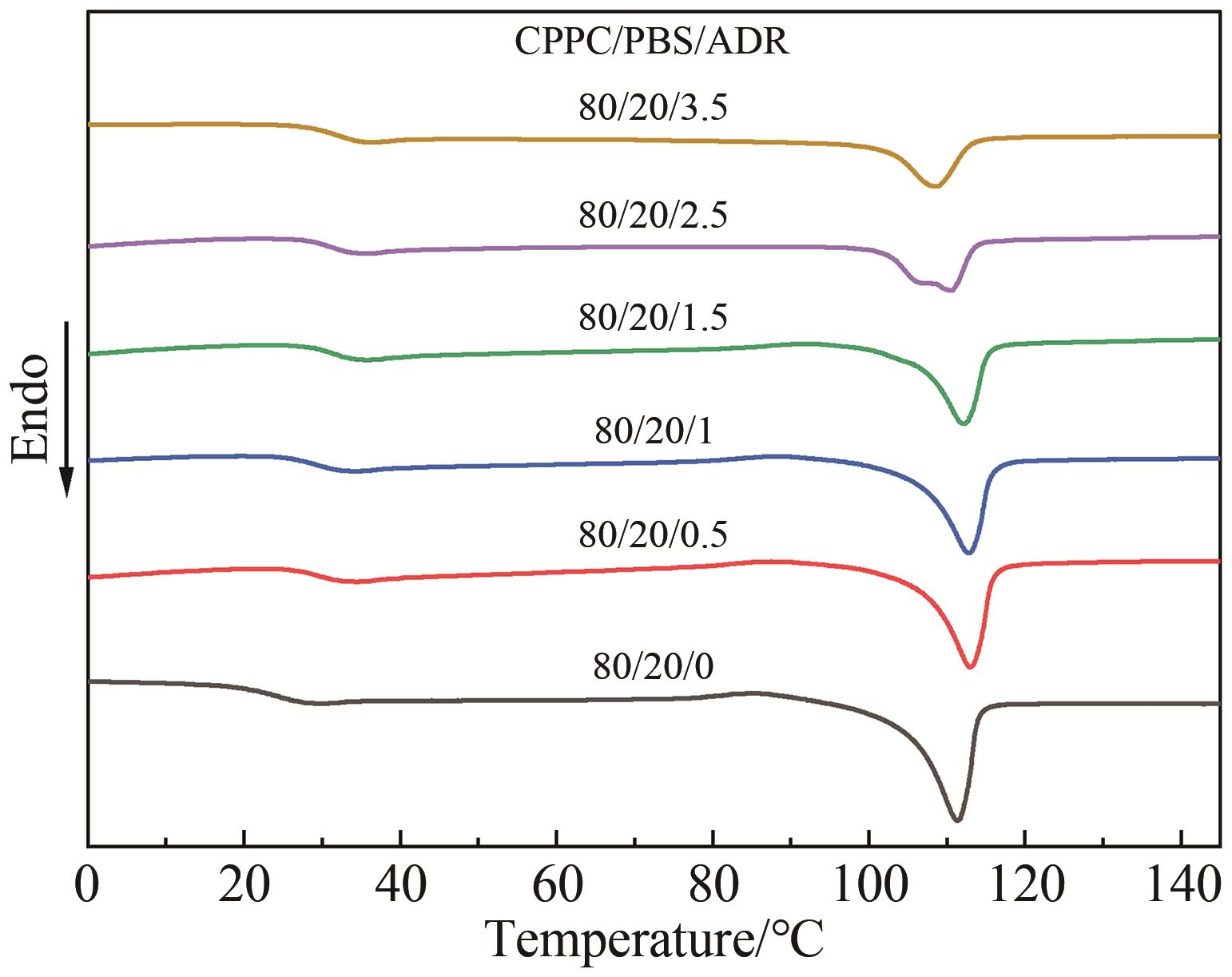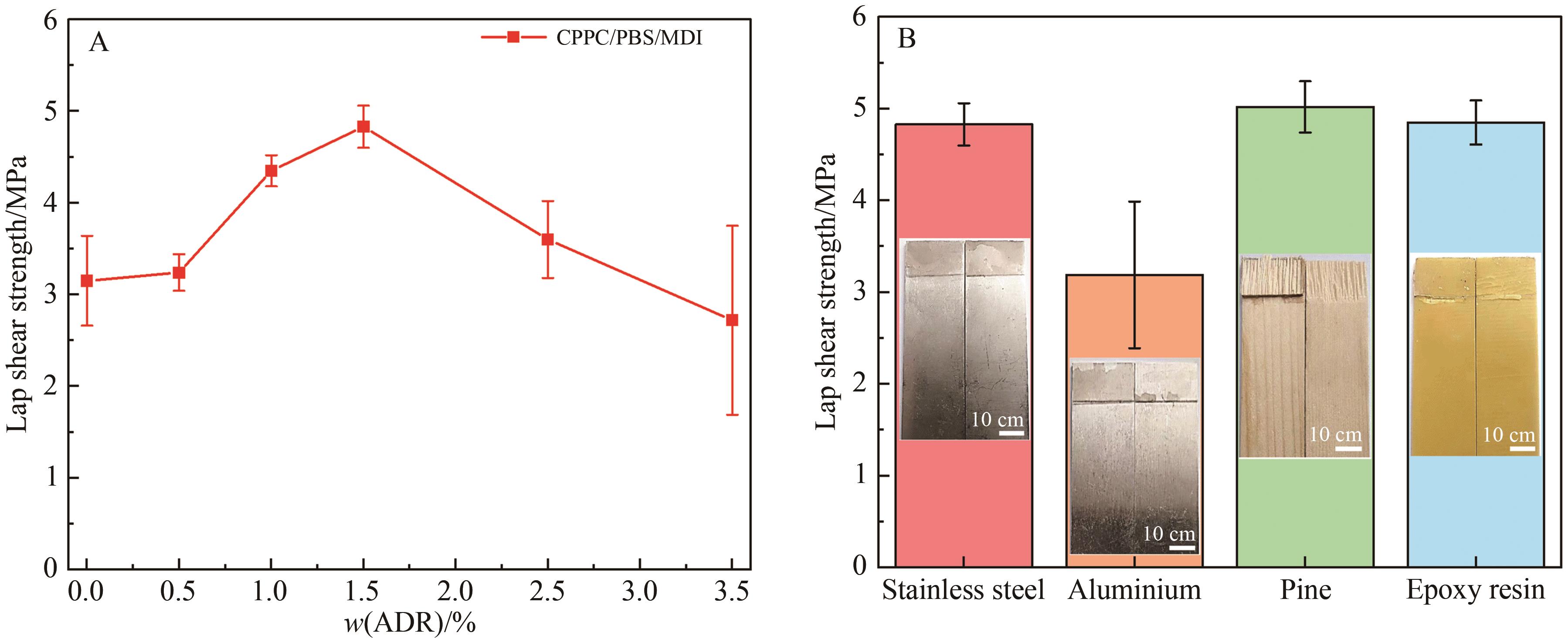| 1 |
张宏博, 刘焦萍, 赵苏杭, 等. 生物可降解塑料发展现状及展望[J]. 现代化工, 2023, 43(4): 9-12, 17.
|
|
ZHANG H B, LIU J P, ZHAO S H, et al. Development status and prospect of biodegradable plastics[J]. Mod Chem Ind, 2023, 43(4): 9-12, 17.
|
| 2 |
MAURYA A K, DE SOUZA F M, DAWSEY T, et al. Biodegradable polymers and composites: recent development and challenges[J]. Polym Compos, 2024, 45(4): 2896-2918.
|
| 3 |
SAMIR A, ASHOUR F H, HAKIM A A A, et al. Recent advances in biodegradable polymers for sustainable applications[J]. NPJ Mater Degrad, 2022, 6(1): 68.
|
| 4 |
INOUE S, KOINUMA H, TSURUTA T. Copolymerization of carbon dioxide and epoxide with organometallic compounds[J]. Macromol Chem, 1969, 130(1): 210-220.
|
| 5 |
JIANG G, YU L. High strength and barrier properties of biodegradable PPC/PBSA blends prepared by reaction compatibilization for promising application in packaging[J]. Macromol Mater Eng, 2021, 306(7): 2000723.
|
| 6 |
亓文丽, 汪子健, 唐龙祥. PPC/Si-g-PCL纳米复合材料的结构与性能[J]. 高分子材料科学与工程, 2020, 36(8): 74-80.
|
|
QI W L, WANG Z J, TANG L X. Structure and properties of PPC/Si-g-PCL nanocomposites[J]. Polym Mater Sci Eng, 2020, 36(8): 74-80.
|
| 7 |
BORA D, DUTTA H, SAHA B, et al. A review on the modification of polypropylene carbonate (PPC) using different types of blends/composites and its advanced uses[J]. Mater Today Commun, 2023, 37: 107304.
|
| 8 |
CUI X H, JIN J, CUI J, et al. Preparation of chlorinated poly(propylene carbonate) and its distinguished properties[J]. Chin J Polym Sci, 2017, 35(9): 1086-1096.
|
| 9 |
陈彦霏, 丁康, 杨召杰, 等. 甘油/1-丁基-3-甲基咪唑氯盐改性玉米淀粉/聚丁二酸丁二醇酯共混材料的结构与性能[J]. 高分子材料科学与工程, 2022, 38(6): 40-45, 55.
|
|
CHEN Y F, DING K, YANG Z J, et al. Structure and properties of glycerol/ionic liquid modified cornstarch/polybutylene succinate blends[J]. Polym Mater Sci Eng, 2022, 38(6): 40-45, 55.
|
| 10 |
PLATNIEKS O, GAIDUKOVS S, KUMAR THAKUR V, et al. Bio-based poly(butylene succinate): recent progress, challenges and future opportunities[J]. Eur Polym J, 2021, 161: 110855.
|
| 11 |
BARLETTA M, AVERSA C, AYYOOB M, et al. Poly(butylene succinate) (PBS): materials, processing, and industrial applications[J]. Prog Polym Sci, 2022, 132: 101579.
|
| 12 |
PANG M Z, QIAO J J, JIAO J, et al. Miscibility and properties of completely biodegradable blends of poly(propylene carbonate) and poly(butylene succinate)[J]. J Appl Polym Sci, 2007, 107(5): 2854-2860.
|
| 13 |
石碧茹, 武浩浩, 谢昊圃, 等. Diels-Alder型自修复聚氨酯胶粘剂的制备及其性能[J]. 应用化学, 2023, 40(2): 277-287.
|
|
SHI B R, WU H H, XIE H P, et al. Preparation and properties of self-healing polyurethane adhesives with diels-alder bonds[J]. Chin J Appl Chem, 2023, 40(2): 277-287.
|
| 14 |
毛帅, 龚佳荣, 孙文涛, 等. 异佛尔酮二异氰酸酯反应增容聚己二酸-对苯二甲酸丁二酯/聚乳酸生物降解阻隔膜的结构与性能[J]. 高分子材料科学与工程, 2023, 39(8): 148-155.
|
|
MAO S, GONG J R, SUN W T, et al. Structure and properties of biodegradable poly(butylene adipate terephthalate)/polylactic acid packaging films with isophorone diisocyanate as reactive compatibilizer[J]. Polym Mater Sci Eng, 2023, 39(8): 148-155.
|
| 15 |
YAN X Y, CHEN L, TIAN H L, et al. Enhancement of the compatibility, mechanical properties, and heat resistance of poly(butylene succinate-co-terephthalate)/poly(butylene succinate) blends by the addition of chain extender and nucleating agent[J]. J Polym Res, 2023, 30(3): 111.
|
| 16 |
ZHAO Y, LI Y, XIE D, et al. Effect of chain extrender on the compatibility, mechanical and gas barrier properties of poly(butylene adipate-co-terephthalate)/poly(propylene carbonate) bio-composites[J]. J Appl Polym Sci, 2021, 138(21): 50487.
|
| 17 |
FANG Y G, LIN J Y, ZHANG Y C, et al. A reactive compatibilization with the compound containing four epoxy groups for polylactic acid/poly(butylene adipate-co-terephthalate)/thermoplastic starch ternary bio-composites[J]. Int J Biol Macromol, 2024, 262: 129998.
|
| 18 |
夏学莲, 史向阳, 赵海鹏, 等. PLA/PBAT共混体系的反应性增容[J]. 塑料工业, 2023, 51(3): 67-75, 89.
|
|
XIA X L, SHI X Y, ZHAO H P, et al. Reactive compatibilization of PLA/PBAT blends[J]. China Plast Ind, 2023, 51(3): 67-75, 89.
|
| 19 |
RIGOLIN T R, COSTA L C, CHINELATTO M A, et al. Chemical modification of poly(lactic acid) and its use as matrix in poly(lactic acid) poly(butylene adipate-co-terephthalate) blends[J]. Polym Test, 2017, 63: 542-549.
|
| 20 |
ZHU W F, WANG X J, CHEN X Y, et al. Miscibility, crystallization, and mechanical properties of poly(3-hydroxybutyrate-co-4-hydroxybutyrate)/poly(butylene succinate) blends[J]. J Appl Polym Sci, 2009, 114(6): 3923-3931.
|
| 21 |
WANG X Y, PAN H W, JIA S L, et al. In-situ reaction compatibilization modification of poly(butylene succinate-co-terephthalate)/polylactide acid blend films by multifunctional epoxy compound[J]. Int J Biol Macromol, 2022, 213: 934-943.
|
| 22 |
JIA S L, WANG X Y, ZHANG Y, et al. Superior toughened biodegradable poly(L-lactic acid)-based blends with enhanced melt strength and excellent low-temperature toughness via in situ reaction compatibilization[J]. Chin J Polym Sci, 2023, 41(3): 373-385.
|
| 23 |
WANG X, PENG S X, CHEN H, et al. Mechanical properties, rheological behaviors, and phase morphologies of high-toughness PLA/PBAT blends by in-situ reactive compatibilization[J]. Compos Part B-Eng, 2019, 173: 107028.
|
| 24 |
LI J H, CHENG H D, LI Y, et al. Effect of chain extender on the morphological, rheological and mechanical properties of biodegradable blends from PBAT and P34HB[J]. J Polym Res, 2023, 30(10): 393.
|

 ), Wei JIANG1,2,3(
), Wei JIANG1,2,3( )
)







